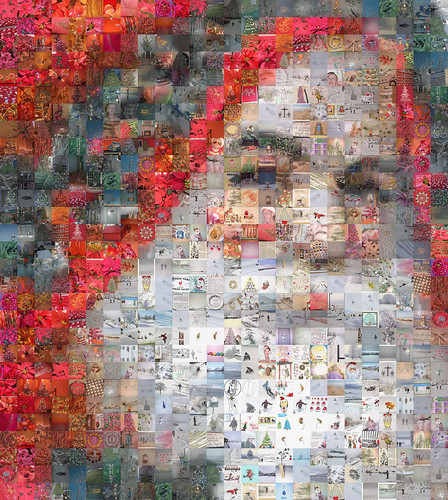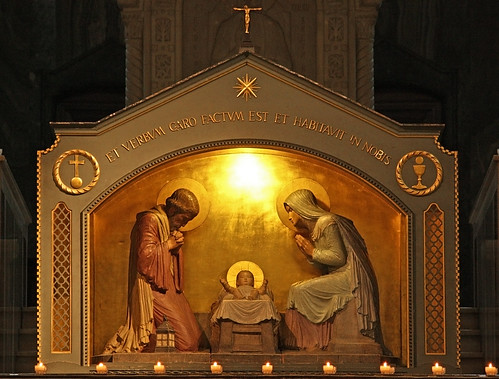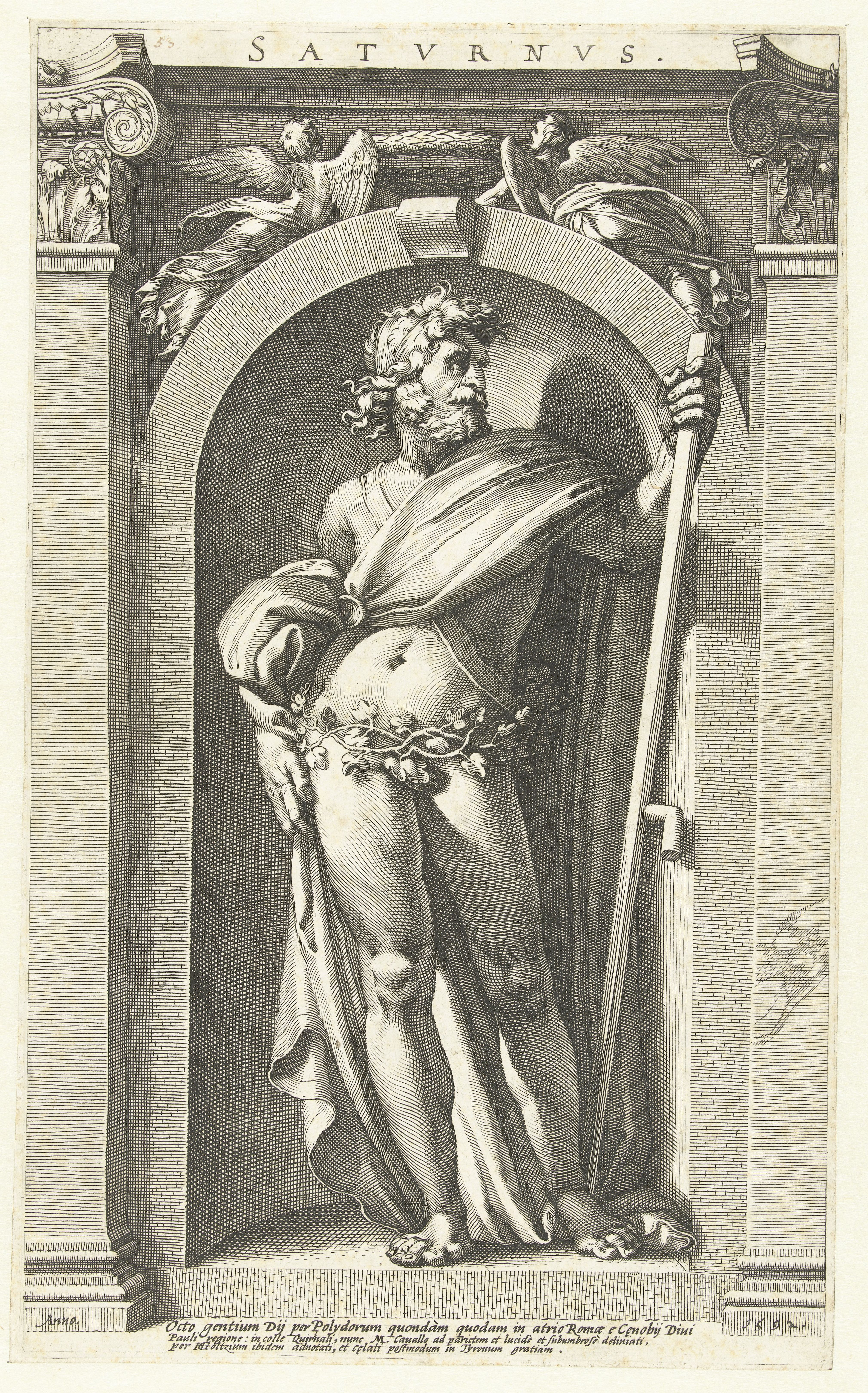The food that was considered fit for a feast and/or festival in the last century would, for the most part, not be classed like that today. Fresh mutton was a delicacy, as was everything baked or fried of flour and sugar and anything made from grain. These items were rarities and the choice of holiday and festival foods reflects that. Usually a sheep was slaughtered on Þorláksmessa, and served as mutton soup on Yule eve, along with porridge, or Hangikjöt was served. The Hangikjöt was cooked on Þorláksmessa and the fragrance, which permeated the whole building, ushered in Yule.
Here are a few interesting, simple, traditional Yule meals for reading and tasting pleasure. :) Enjoy!
Jólagrautur - Yule Porridge
1/4 l (1/2 pint) water
1 1/2 l (3 pints) milk
150 g (6 oz) rice
1 teaspoon salt
70 g (2 1/2 oz) raisins
cinnamon and sugar
milk
1 almond
When the water comes to a boil, stir in the rice and cook for 10 minutes. Add the milk to the pot and cook over a low heat for 1 hour. Add the raisins in the last 10 minutes. Add salt to taste. Add milk, sugar, and cinnamon to taste. The skinned almond is added and the porridge poured into a bowl. The housewife deals portions out and whoever finds the almond receives a small gift.
**
Hangikjöt - Smoked Mutton
1 kg (2 lbs) Hangikjöt
(you may want to replace this with lamb as sheep can be a bit tough)
1 l (2 pints) Water
Put the Hangikjöt and water in a pot. Slowly, over a period of a half hour, heat to boiling. Boil the Hangikjöt for 45 minutes to 1 hour for each kg (2 lbs). Allow to cool in the broth. Hangikjöt is usually served cold with mashes potatoes, or potatoes in Bechamel (white sauce), and accompanied by green peas.
**
Rjúpa - Rock Ptarmigan
2-3 Rock Ptarmigan
50 g (1 1/2 oz) bacon
50 g (1 1/2 oz) butter
2 dl (1 cup) boiled water
30 g (1 oz) margarine
3 tablespoons flour
2 dl (1 cup) milk
Caramel coloring, salt
Redcurrant jelly
3-4 tablespoons whipped heavy cream
Clean the Ptarmigan as you would other fowl. Soak in half milk, half water for several hours. Pat dry and insert the bacon pieces into the breast of the Ptarmigan. Heat the margarine, then place the Ptarmigan into the pan and brown well. Remove from the saute pan and place them in a pot, breast side down. Add hot water and milk. Simmer for 60 to 90 minutes. Strain the stock, allowing enough to remain in the pot with the Ptarmigan to prevent drying. Melt the butter in the saute pan and add the flour to make a roux. Cook the roux until golden, then add enough of the Ptarmigan stock to make a rich veloute. Add caramel coloring to taste, then add the seasoning and redcurrant jelly. Fold the whipped cream into the sauce just before serving. Ladle over the Ptarmigan.
Serve with boiled or caramel potatoes, cooked, halved apples, and redcurrant jelly.
**
Cashew Nut Roast with Sage and Onion Stuffing (vegan)
1/6 cup vegan margarine
2 sticks celery, really finely chopped
1 medium leek, chopped
1.5 cups rich red wine
3 cups ground raw cashew nuts (or 2 cups cashews and 1 cup raw almonds)
2 tbsp flour (soya or barley or almond are all good options)
2 tsp fresh herbs (winter savoury, sage, rosemary, thyme, basil, choose your favorites)
3 cups whole wheat bread crumbs (or use crumbs of sunflower bread for a gluten-free option)
sea salt and pepper to taste
Sage and Onion Stuffing:
6 slices wholegrain bread
1/2 cup vegan margarine
4 tsp dried sage (double for fresh sage)
1 finely chopped red onion
salt to taste
Melt the margarine (in a large pan for mixing) and cook the celery and leek in it for a few minutes. Mix the yeast extract into the hot water (alternatively you could use any stock you like) and add this to the leek and celery. Stir in the soya flour, nuts, herbs, breadcrumbs and salt and pepper and mix well. Allow to cool slightly while you grease a loaf tin. Place half the nut roast mixture in the tin and press down well - then add the sage and onion stuffing (pressing down well again) and place the rest of the nut roast mixture on top. Bake in the oven for about 40 minutes at 180/360 then turn out of the tin and slice. Nice served with all the traditional trimmings.
For the stuffing: melt the margarine in a saucepan and cook the chopped onion until soft. Break up the bread with your hands into small pieces (think croutons) and then mix into the onion and margarine with the sage and salt. Press this into an oven-proof bowl for baking.
For more recipes, check out this
wonderful blog full of tasty recipes!





















